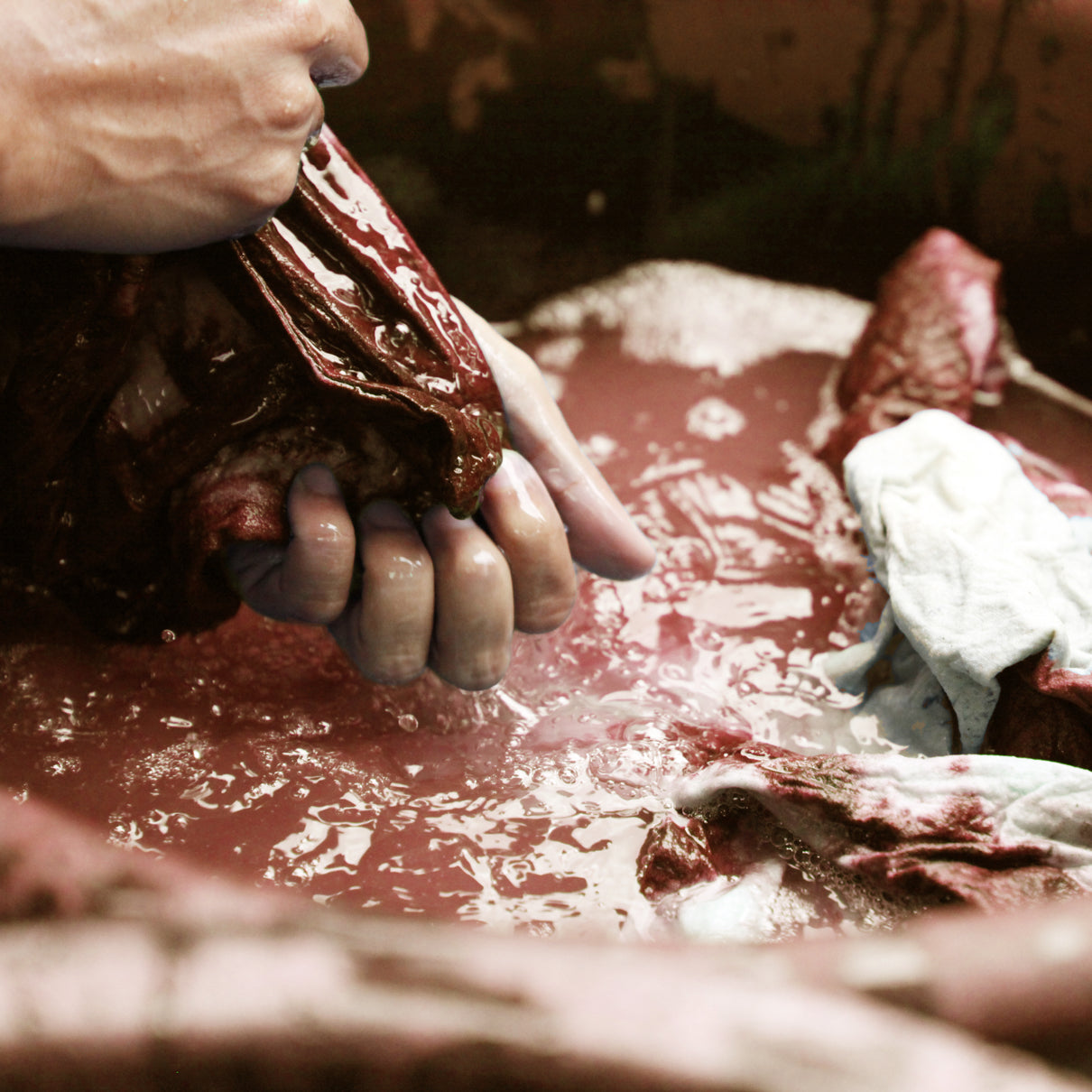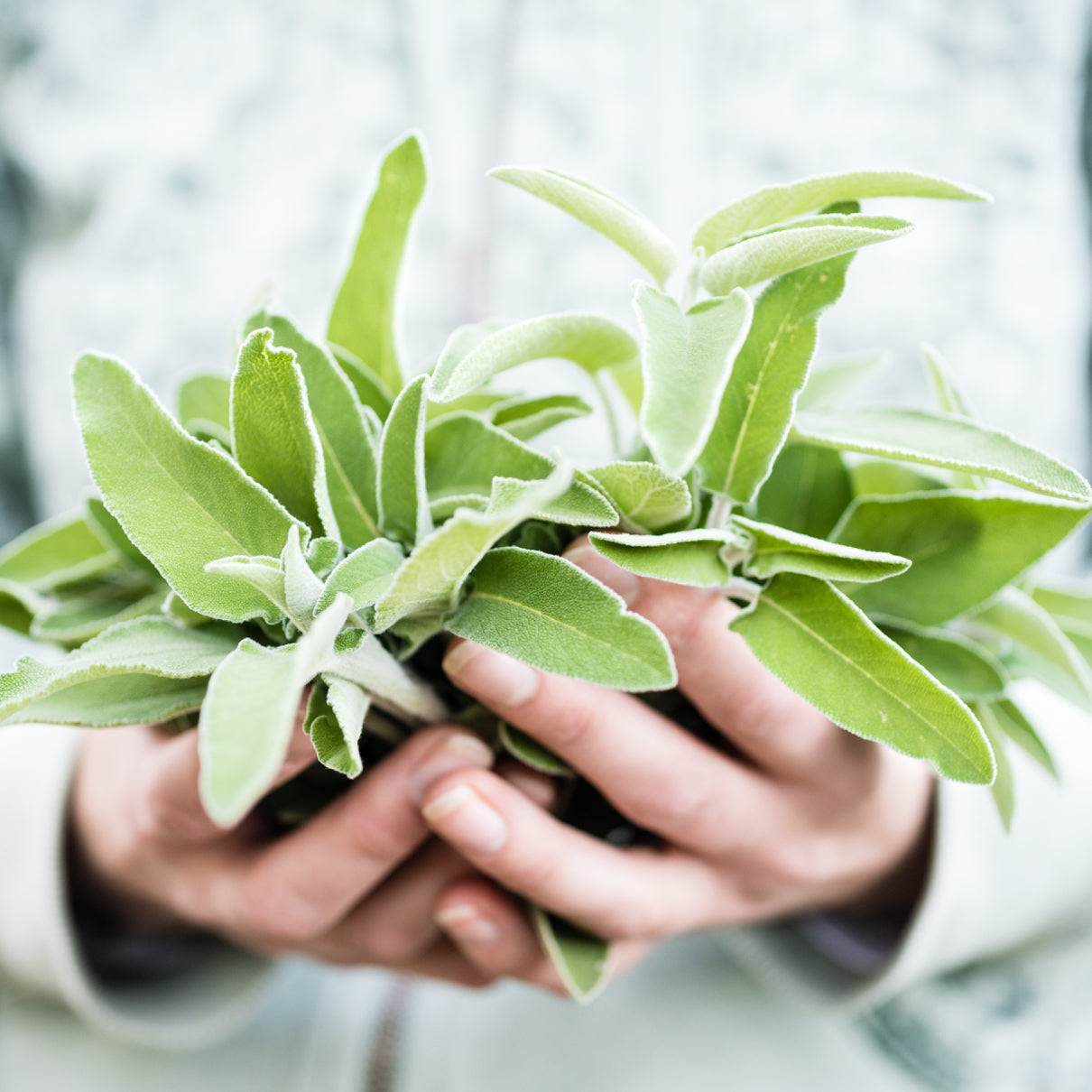Gifting has never been easier
Perfect if you're short on time or are unable to deliver your gift yourself. Enter your message and select when to send it.
Used extensively in Central and South America, a backstrap loom is a simple, horizontal loom with two bars or sticks. One bar is attached to a fixed object and the second is attached to the weaver by a strap around the back. The weaver uses their body weight to tighten the loom.

The hand dyeing process encourages natural, beautiful variations in colors and tones that you won’t find in mass produced, factory dyed fabrics, and is carried out by makers and small artisan businesses, rather than industrial dye houses.
Hand dyeing comprises many methods including hand painting, immersion dyeing, kettle dyeing, and dip dyeing. It also incorporates ancient techniques that can’t be achieved by machine, like Shibori, Batik, Ikat, and mud cloth dyeing.
A hand loom is operated manually without the use of electricity. Powered by foot, this traditional style of loom is controlled by pedals or treadles, and enables weavers to create variations in texture by combining yarns of different quality and thickness. Production of hand loomed textiles is largely decentralized, and carried out by artisans in their villages.

In the context of dried flowers and botanicals, handpicked means collected with care by a farmer or a gardener, not harvested by a commercial machine.
In the context of candles, hand poured means more than simply pouring. First, the candle maker places a cotton wick in each container and holds it in place with metal clips called bow ties. Wax is melted to 180 F (approximately) and fragrance is added. The candle maker then pours the wax into each container, and when the wax has hardened, carefully trims the wick.
One of the oldest surviving crafts in the world, hand weaving utilizes a traditional loom rather than a mechanized version, and refers to the process in which weavers manually interlink two sets of yarn – the warp (length) and the weft (width) - over and over. This painstaking process gives textiles a unique texture and feel.
Your Shopping Cart is Empty
Browse our latest collection or check your saved favorites to add more items to your cart.








Manage your profile, track your orders, and enjoy a seamless shopping journey with us.